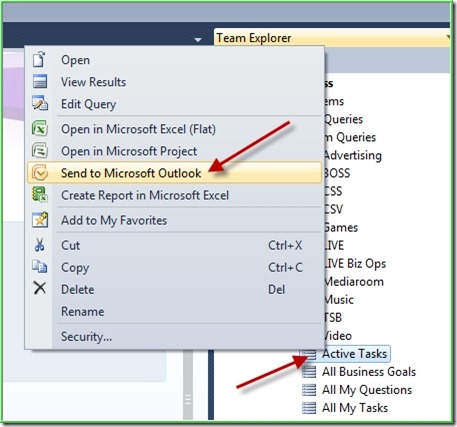EfficiTrends has two parts: enterprise workflows and custom apps. The reason we separate these two things is severalfold: solutions for enterprises have their own specific challenges and require a specific skill-set. Likewise, creating consumer-ready solution also take a separate skill-set and in particular requires more marketing folks and fewer "business analysts".
We have over 15 years of experience creating custom solutions for enterprises. Yesterday, the platform of choice for the enterprise was the web; and it still is, but that's changing. Let me explain.
The disruption of the mobile internet is huge. SmartPhones literally change everything. People now expect to get robust services--whatever they may be--on their mobile devices. Many companies are creating strategies and have offerings to expose corporate data on the phone. Extended Results (www.extendedresults.com) is an example.
The major difference between the web of yesterday and the mobile web of today is where the users are. Users used to be--and still are--in browers, but there are new devices now, as we all know; primarily iPhone and Android devices...phones and tablets. These new devices really do cause a great disruption in the solutions development ecosystem.
In order to combat these bifurcations between enterprise/consumer, phone/tablet, and browser/native, EfficiTrends offers to main services to customers of all sizes: enterprise solutions and consumer solutions.
EfficiTrends Enterprise Workflows use our business analysts, architects, technical project managers, and developers to define and create new solutions within enterprises. The enterprise has its own challenges and is mainly centered around creating reasonable and useful workflows that allow information to flow from source to source with high data quality and final approval. These solutions may connect to mobile devices but could also be kept inside the firewall or delivered through the browser. Examples include ERP implementations, CRM implementations, and custom SharePoint apps to gather data.
EfficiTrends Custom Applications are designed with end users in mind. These could be SmartPhone apps or browser apps and can also be delivered within the firewall or to employees. These types of appealing user-interface projects typically require different skillsets: designers and marketing professionals, namely. The enterprise workflows really are a subset of custom applications.
So there you have it. In order to combat the complex world of technology and organizational change, EfficiTrends employs two main methods to accomplish the goals of making happy customers: enterprise workflows and custom applications. Contact us today to learn more!




 Risk is a context in which we all live. It is a reality. Things we don’t want to have happen could happen, and sometimes do. We have to plan around these things and work to avoid them. Much of project work and management is to avoid risks from occurring in fact.
Risk is a context in which we all live. It is a reality. Things we don’t want to have happen could happen, and sometimes do. We have to plan around these things and work to avoid them. Much of project work and management is to avoid risks from occurring in fact.






